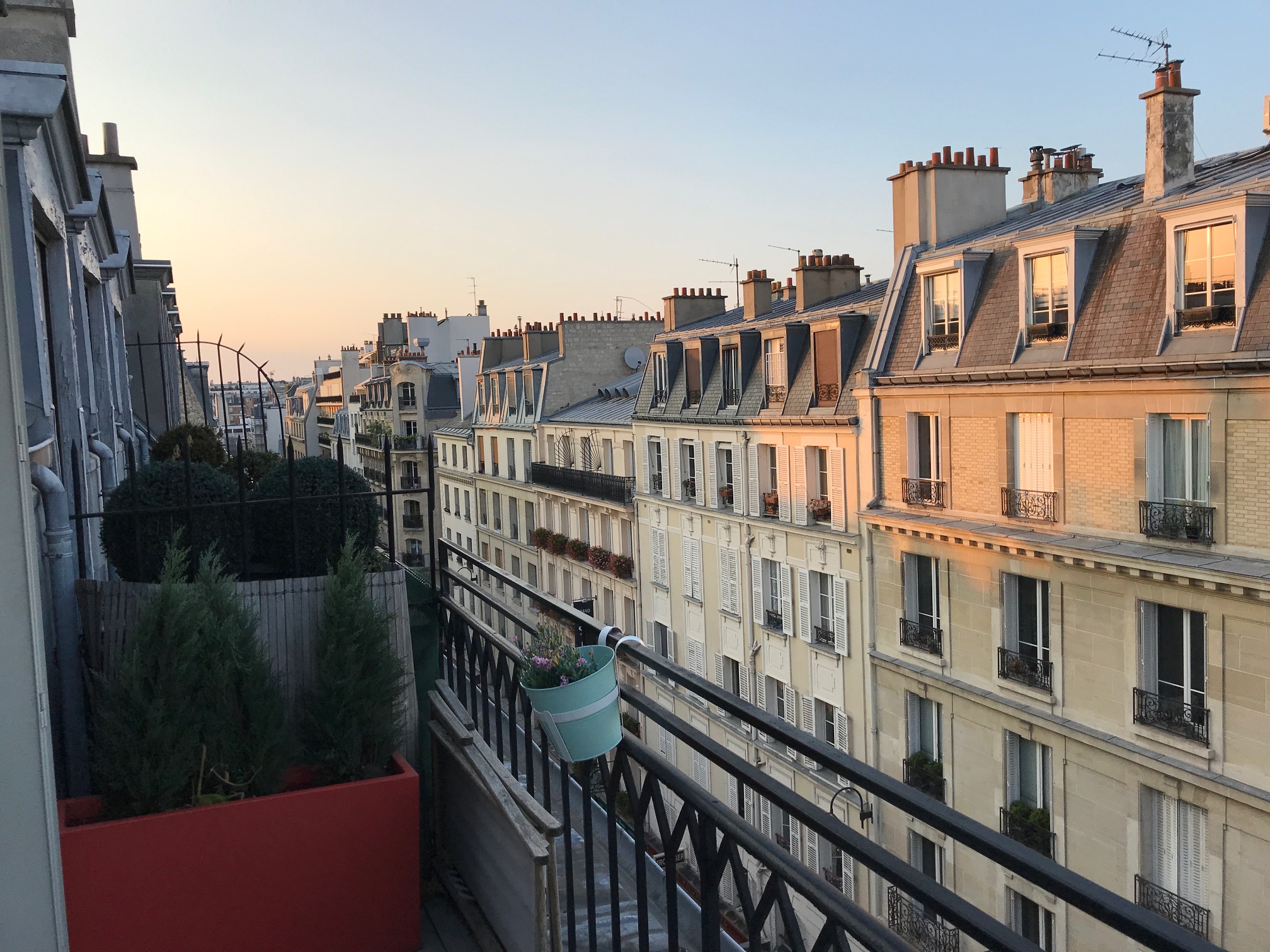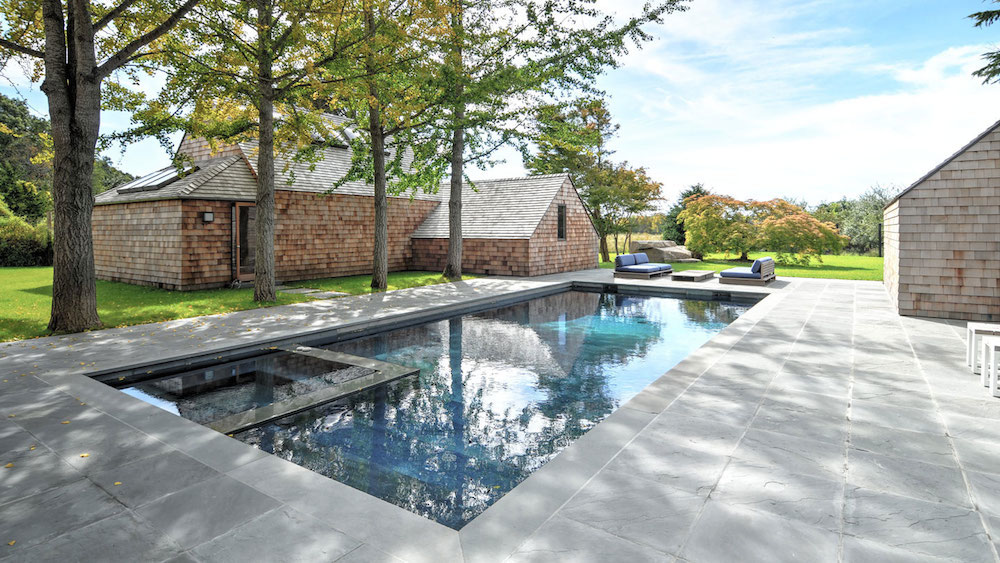Some might say it’s a stretch to think that perching on a Paris balcony six stories above rue Cler in the 7th arrondissement at dusk could be anything like fishing a Western trout stream.
But then there’s that rumble from the market below – from the shoppers, the merchants and the fully engaged café society – that forms a constant thrumming, punctuated not by thumps and gurgles of rushing water, but by shouts of joy and crashing trays.
Like a trout stream out West, these are happy sounds.
Everyone in Paris, it seems, knows of rue Cler. It’s a pedestrian affair, maybe seven or eight blocks long, and chock-full of fruit stands, cheese markets, bakeries, flower shops, wine merchants, chocolatiers and uncountable cafés. Natives shop for tomorrow’s baguettes; visitors, for today’s meal.
The cafés are of particular interest, not just because of the food and drink, but for the people-watching. Outdoor seating is arranged meticulously for the pastime, broad awnings shading carefully aligned faux-rattan tables and chairs, most facing the street. At lunch, the cafés are full; at dinner they’re packed.
And for good reason. There’s the gazpacho at Tribeca, the oysters at the Café du Marche and the crème brulee at Le Petit Cler. Of them all, none tops the ravioli, cream sauce and foie gras at the Café Central. We tried it our first night in Paris. It was the touchstone for every meal after.
But back to the balcony: From our studio, provided and impeccably maintained by an outfit known as Paris Perfect, we were floating above the din of rue Cler, but still engaged with it. It was like standing knee-deep in a trout stream – you’re in it, but also of it.
And with all of Paris, too. To our right, the moon rose nearly full as the sun dropped down, bathing the city in the pink light so aptly described by Zelda Fitzgerald. To our left was the gilded dome of Les Invalides, the 1671 Baroque complex where Napoleon is entombed. It shone bright, a beacon in the French skyline.
To look down the street at rooftop level is to appreciate the efforts of Napoleon III and Georges-Eugene Haussmann to modernize 19th-century Paris. Napoleon III wanted to make it the most beautiful city in the world. And Haussmann did precisely that, tearing out the old and adding the new. Broad boulevards replaced winding streets, and the new arrondissements were filled with white, six-story, limestone-clad buildings, their black balconies rhythmically balanced along the second and sixth levels.
It was a gift not just to the 19th century – but to the ages.
And for seven July days from our Paris balcony on the sixth floor above rue Cler, we could see and feel and hear and wonder at it all – just like one of the Cathedral-like trout streams in the mountains of New Mexico.
For more, go here.
[slideshow id=1947]
Photos by Ann and Michael Welton


